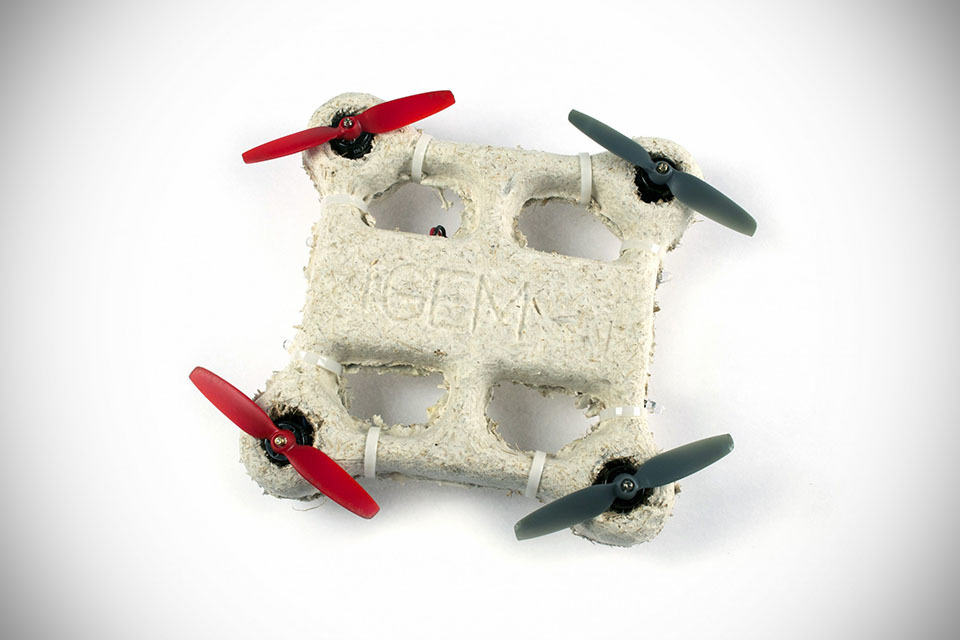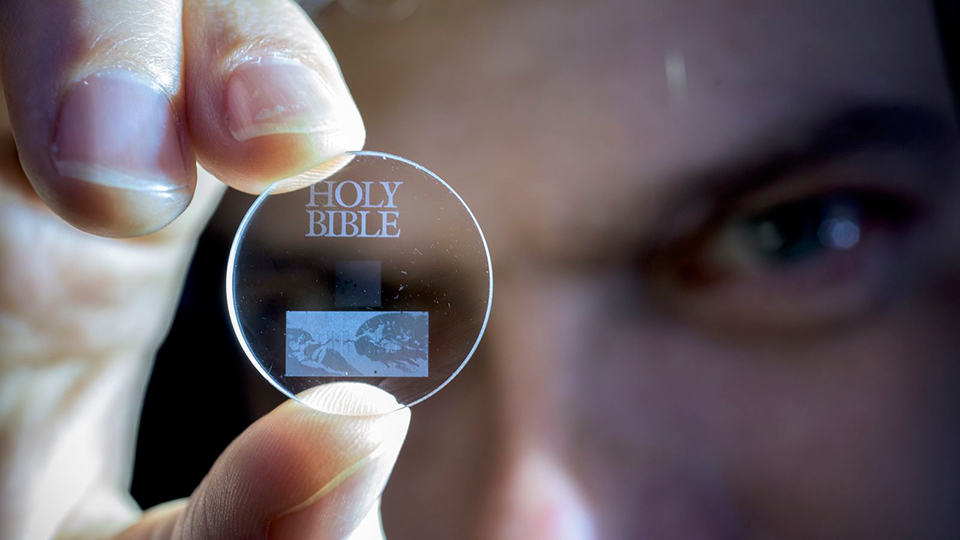Drone crashes is inevitable. It will happen due to a variety of factors, ranging from battery, signal loss or interruption and such, and when such misfortune strikes and you’re unable to retrieve the vehicle, you probably don’t want anybody to get their hands on it or even knows you were there snooping around. The Biodegradable Drone developed by scientists from NASA’s AMES Research Center and Stanford University aims to solve the presence-after-crash issue. In the even of a crash, this particular crude looking drone will sort of ‘melt away’ – thanks to a shell made of mycelium (basically, a root-like fungus) developed by Ecovative Design and a circuit board printed with silver nanoparticle ink.
As you might have guessed, those are about the only components or parts that are biodegradable (but at what rate, it is not known), while the rest of the components like battery, propellers, controls are borrowed from a regular, mechanical quadcopter, which means they won’t melt away like the body and the circuit does. But it is a promising start, nonetheless. However, if this technology eventually progresses to include other components like gyro and stuff, it is still a technology that only have foreseeable use in the military. We can’t imagine any other applications that would required a dissolvable craft or have the need of not-to-be-known that you’re sneaking up on them except for the military, or maybe the some shady agencies? Just saying…
The Ames’ Biodegradable Drone successful complete a test flight earlier this month, which probably doesn’t include intentionally crashing it and leaving it to melt to a puddle.
via Technabob via New Scientist



